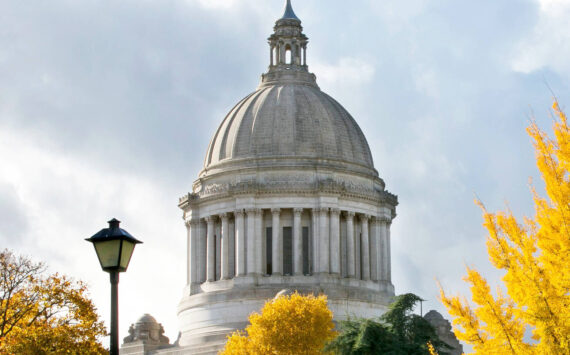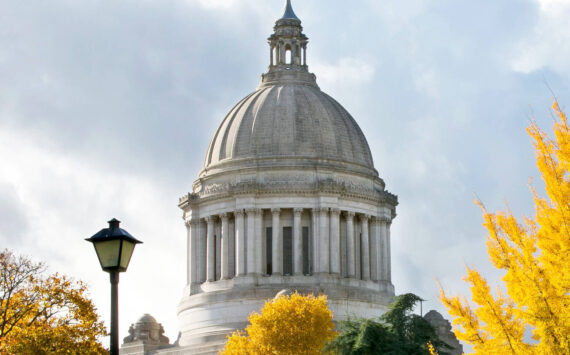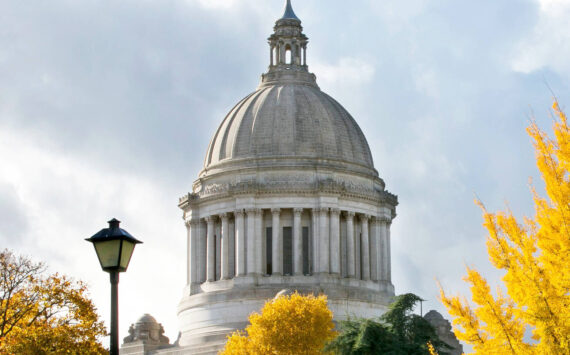Plans to place an affordable housing levy before voters this fall will move forward, according to support from city leaders and housing advocates at this weeks Tacoma City Council study session. If approved by voters, an affordable housing levy would raise $2.5 million per year for the Tacoma Housing Trust Fund, which is designed to create and promote low-income homeownership and multi-family housing.
As housing prices increase, low-income people are being priced out of the market, said Sandy Burgess of the Metropolitan Development Council, a non-profit organization that helps homeless and low-income individuals. Burgess told the council that diverse housing options would make Tacoma a better place to live and work. We have the opportunity to build the city we want to live in 20 years from now.
The levy has received the most support from Councilwoman Julie Anderson, who invited proponents to the study session.
One proponent is attorney and Tacoma resident Scott Winship. Affordable housing was not on my radar, he told council members. But the more I learned about it, the more compelled I was to get involved. Im invested in this community. Were all invested in this community.
In order to raise $2.5 million per year, the levy would raise taxes between 10-cents per $1,000 assessed valuation ($1.36 million per year) and 25-cents per $1,000 assessed valuation ($3.4 million per year). The city can raise the tax as much as 36-cents per year, and still stay within the limits of Initiative 747, which limits the increase in property tax revenue for governments. Tacoma’s current property tax rate is $3.23 per $1,000 assessed valuation.
Supporters have identified two ideas for introducing an affordable housing plan to voters.
The first calls for an affordable housing levy, wherein voters would raise the dollar receipts from the special property tax levy. Funds would be collected for a maximum of 10 years. The City Council would have to declare the existence of an emergency with respect to the availability of housing that is affordable to very low-income households. This plan would require a simple majority vote for approval.
The second calls for a lid lift levy, wherein voters raise the dollar receipts from the property tax levy by more than one percent. A levy lid lift would allow voters to establish a new approved maximum tax rate for the districts property tax, and money would be collected over 7 years. Participants eligible for funding must earn no more than 80% of the areas median income, potentially assisting a larger population of low- and middle-income households. The money could also be used in combination with LIHTC.
According to Councilwoman Anderson, 35,000 of the 76,125 households in Tacoma are low-income households — households earning less than 80% of the median income for the Tacoma area. 12,000 renter households pay more than 35% of their income on housing, and more than 400 households are presently on the waiting list of the Tacoma Housing Authority, a service organization that provides affordable, quality public housing to low- and moderate-income people.
Historically, the city has received $3 million annually in federal funds to support affordable housing. However, Tacoma will experience a 5% cut in federal funds, and a 50% cut is proposed by Congress next year. With current and proposed cuts in federal funding for affordable housing, affordable-housing advocates say its time to ask voters to help fund affordable housing.
Burgess indicated that an affordable housing levy would position the city to take advantage of the State Housing Trust Fund. Burgess said that 40% of that money currently goes to Seattle — the only city in Washington with an affordable housing levy. Approximately 30% of the funds goes to Eastern Washington. The remaining 30% is disbursed throughout Western Washington. Tacoma is not getting its fair share of state funds, said Councilman Bill Evans. Its a gift from the state and were saying, No. We need to leverage those funds.
Another advantage: collection rates would likely decrease over the course of the levy. The levy is designed to collect $2.5 million per year. Over time, as property values increase and new construction begins, a smaller collection rate would be sufficient to meet that goal.







